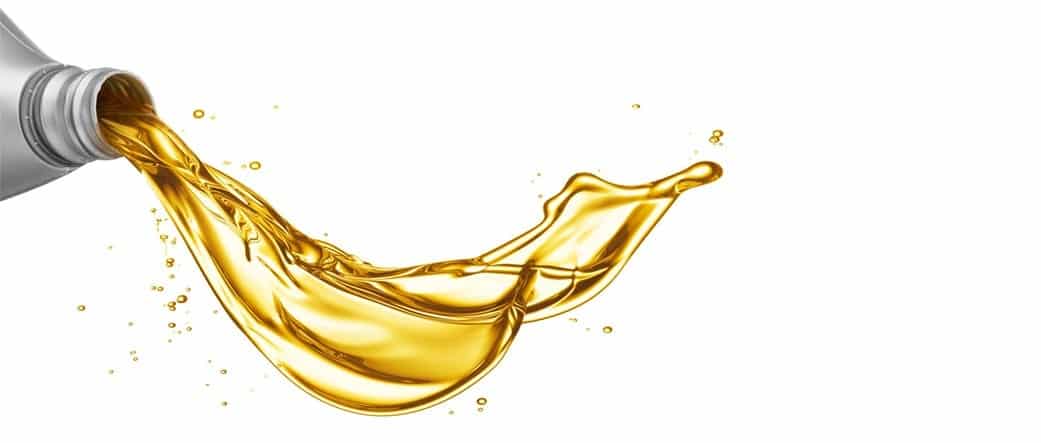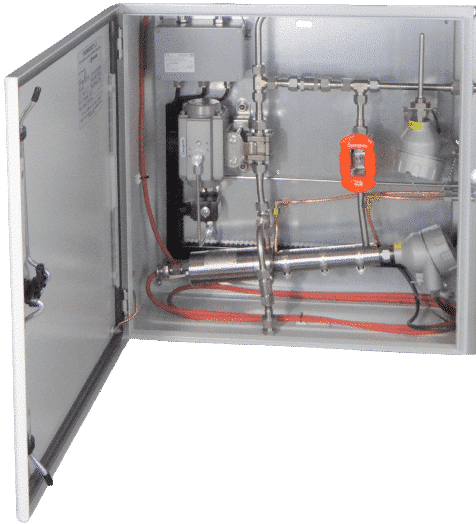Viscosity index: how to control viscosity of oils and lubricants?

Controlling the viscosity index (VI) of lubricants and hydraulic fluids is an essential step in many manufacturing processes of the petroleum industry. Viscosity and fluidity have a considerable influence on the quality of the end product.
Many industries use the properties of viscosity in their industrial processes and integrate them into their manufacturing standards.
When oil viscosity is mentioned, it is necessary to specify at what temperature it has been measured.
The viscosity index is a standardized quantity which takes into account the influence of temperature on the kinematic viscosity. The more this viscosity index is important, the less the viscosity is influenced by the temperature.
How to calculate viscosity index?
Its calculation method is described in ASTM D2270. The viscosity index is based on the viscosity measurement at 2 reference temperatures: 37.8°C (100°F) and 98.9°C (210°F). In the oil production process, measurement and calculation of the viscosity index is a real challenge because it is necessary to measure the viscosity of the oil at these two reference temperatures while the manufacturing process may be at a different temperature.
Measurement solutions at 2 reference temperatures:
The analyzers have clear advantages over process viscometers in measuring the viscosity at reference temperature of oils and lubricants. Indeed, the measurement is carried out at the actual reference temperature whatever the behavior of the process.
There are two types of analyzers:
- Capillary analyzers:
Using a pump, they perform a dynamic viscosity measurement and therefore aren’t directly correlated to the D445 standard. Indeed, they require the use of an external density meter to calculate the kinematic viscosity. To determine the viscosity index, it is necessary to install two analyzers, one for each reference temperature.
- The on-line analyzer based on the vibrating viscometer:
A single analyzer allows on-line measurement at 2 reference temperatures and the calculation of the viscosity index according to ASTM D 2270-04.
ATEX Zone 1, Sofraser Thermoset In-line analyzers provide all the guarantees of continuous viscosity index control.
The Thermoset KV is the only analyzer able to directly measure the kinematic viscosity with a single measuring probe and providing measurements in cSt.
The Thermoset LT is the simplest and most economical solution on the market, measuring dynamic or kinematic viscosity in cyclic mode (fluid’s sampling temperature being significantly higher than 40 and 100 °C). These solutions are robust, cost-effective and require almost no-maintenance while providing lasting satisfaction.



